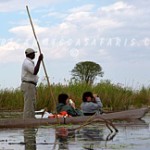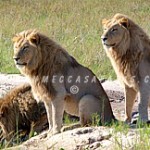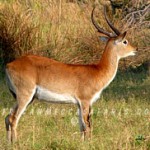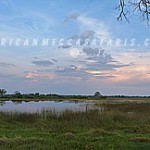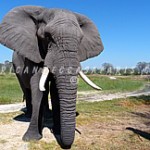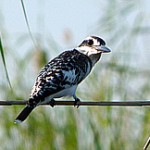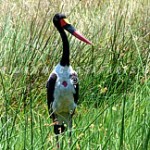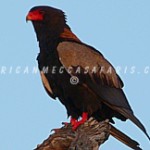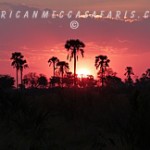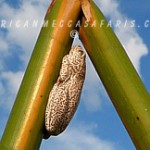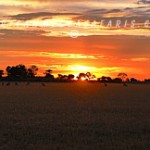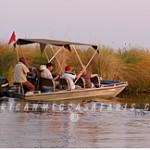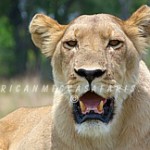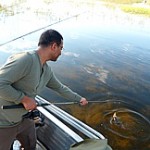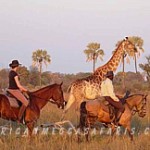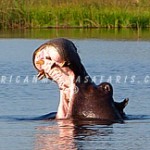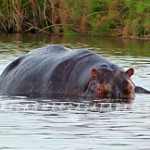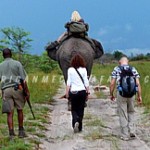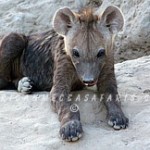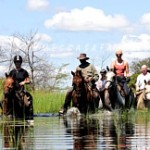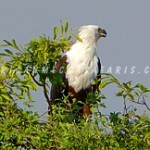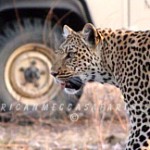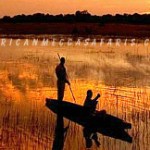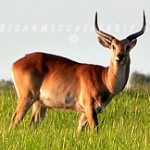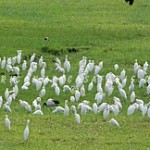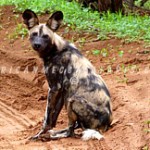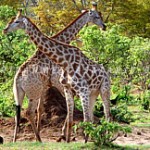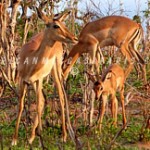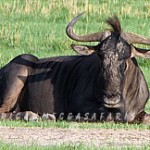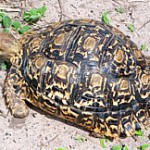Understand Safari Tier Ratings & Experiences In Botswana | Why Visit Botswana For Your Safari Vacation Or Holidays In Africa
BOTSWANA FLORA & FAUNA
The wet environment of the Okavango Delta encourages the growth of thousands of tree and plant species, many of which have remarkable characteristics and useful attributes – from its natural beauty and environmental balance to medicinal and cultural purposes. One of these species is the long-lived Baobab Tree. Called “Mowana” in Setswana language, it can live up to four thousand years in age and has a shiny, pinkish-gray bark, and big, seasonal white flowers. Another example is the Marula Tree which can be as high as twenty meters with grayish bark and leaves that turn from gray-green to soft yellow as the seasons change. The Marula also produces pink and red flowers, and bear pale green fruits with high ascorbic acid content. In many areas of the Delta, there can be found as one of the tallest trees in Botswana, Kigelia africana, so-called Sausage Tree for its long, heavy fruits that look similar to their namesake. While in the rocky areas of the savannahs, the Mmilo Tree can be found which has edible fruits with seeds used for cooking. Similarly, an alcoholic beverage can be made from the pink-orange fruits of the African mangosteen. Other fruit-bearing trees are the Sycamore Fig Tree, Fan Palm and the Wild Date Palm. As for other flora, woody plants and grasses cover wide areas in Botswana and small forests thrive in the northern regions. The Kalahari Desert also contains shrubs and plant life that can sustain thousands of animals despite its aridity.
Animals are naturally supported by the rich plant life and form a unique and complex ecosystem, not only in the areas near and within the Okavango Delta but also in many parts of the Kalahari Desert. More than a hundred mammals – predatory cats, plains game and other big game – can be found in Botswana including lion, hyena, leopard, cheetah, elephant, giraffe, rhinoceros, hippopotamus, zebra, buffalo and many more. There are some notable antelope species like the sitatunga, an antelope of the wetlands that can also swim and remain hidden from predators by immersing itself almost completely underwater, and the graceful red lechwe that can run swiftly even on swampy ground. The Cattle Egret, along with over 450 avian species populates approximately twenty-five percent of the country’s land area – from hills, rivers to swamps and savannahs. Ostriches, largest living birds; grebes, freshwater diving birds; pelicans, water birds with a membrane pouch beneath the beak; herons and storks, long-necked wading birds; flamingoes, wading birds that live in groups; parrots and macaws; ducks and geese; pigeons and doves; owls and crimson boubou; snake eagles and kingfishers are just some of the colorful, feathered creatures in Botswana. Besides mammals and birds, over eighty fish species, a hundred reptile species and thousands of insect species are found in the country.

